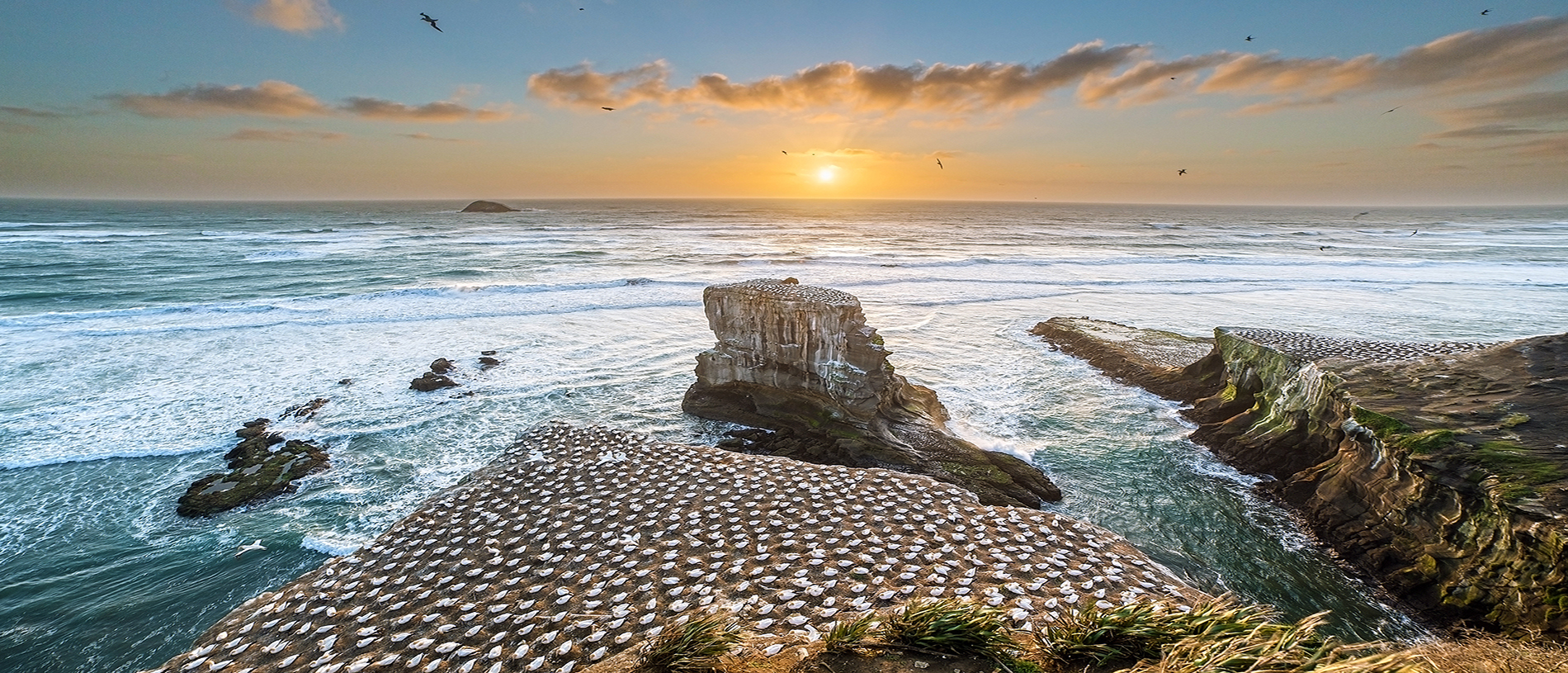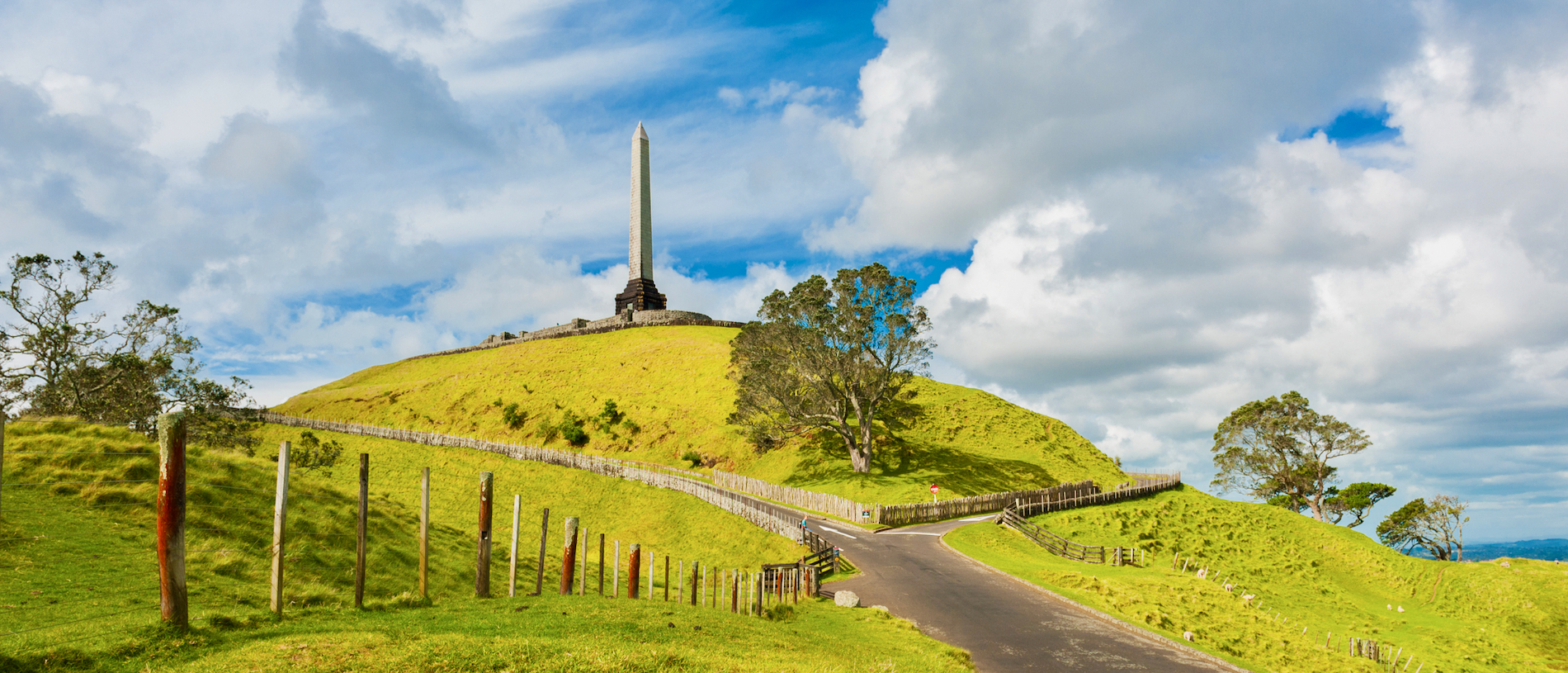
Auckland’s West Coast: rugged beauty
From the secluded beach at Whatipu, to Rangitira Beach at the southern entrance to the Kaipara, the west coast beaches are strung like black pearls.

All-in-all there are over 60 sites of bygone volcanic activity scattered about the Auckland isthmus.
The youngest of Auckland’s volcanic vents is Rangitoto Island, which last blew its top about 800 years ago – yesterday in geological terms.
Many of these are pretty obvious. Before the Sky Tower came along, Mount Eden and One Tree Hill used to be the city’s prime panoramic vantage points. Well, they’re still there, and they’re free.
The day shift on both summits sees Aucklanders and tour operators pointing out the sights to visitors, while after dark, teenagers take time out from snogging to admire all the pretty lights below.
Mount Eden – Maungawhau to Māori – is the tallest of Auckland’s surviving volcanic cones.
Its former rivals find themselves in reduced circumstances, having been quarried to supply the field-drain and scoria-wall appetites of Auckland’s landscapers down through time.
Today’s visitors puzzle over the European name of Maungakiekie, One Tree Hill, which is the focal point of the lovely Cornwall Park. It was named for a prominent tōtara tree that used to grow there in the early days of European settlement. Later generations of Aucklanders identified with the lone Monterey pine that leaned elegantly toward the obelisk commemorating city father, Sir Logan Campbell, until it was removed in 2000, having been mortally wounded by a chainsaw-wielding protestor. The Tree part of One Tree Hill is presently a restoration work in progress – in 2016 nine young native trees were planted in a moving ceremony on the summit.
Both Maungawhau and Maungakiekie are points of note along Auckland’s coast-to-coast walking route. Like many of the city’s volcanic cones, they are rich in geological and historical interest, with the distinctive terracing of Māori fortification still clearly visible on their flanks.
Across the harbour, there’s North Head and Mount Victoria, which each have their own talking points. North Head is a natural vantage point from which to watch the comings and goings on the Waitematā Harbour, and that’s why the martial minds of both Māori and Pākehā alike selected it for fortification. And out in the Gulf, there’s pretty little Motukorea Browns Island (so named after the local population of wading oystercatchers) and of course, Rangitoto.
All’s quiet in the Auckland volcanic field these days, but they’re tricky birds, these volcanoes. You never know when they’re going to cut up rough. Perhaps you’d better get in and visit while the going’s good.